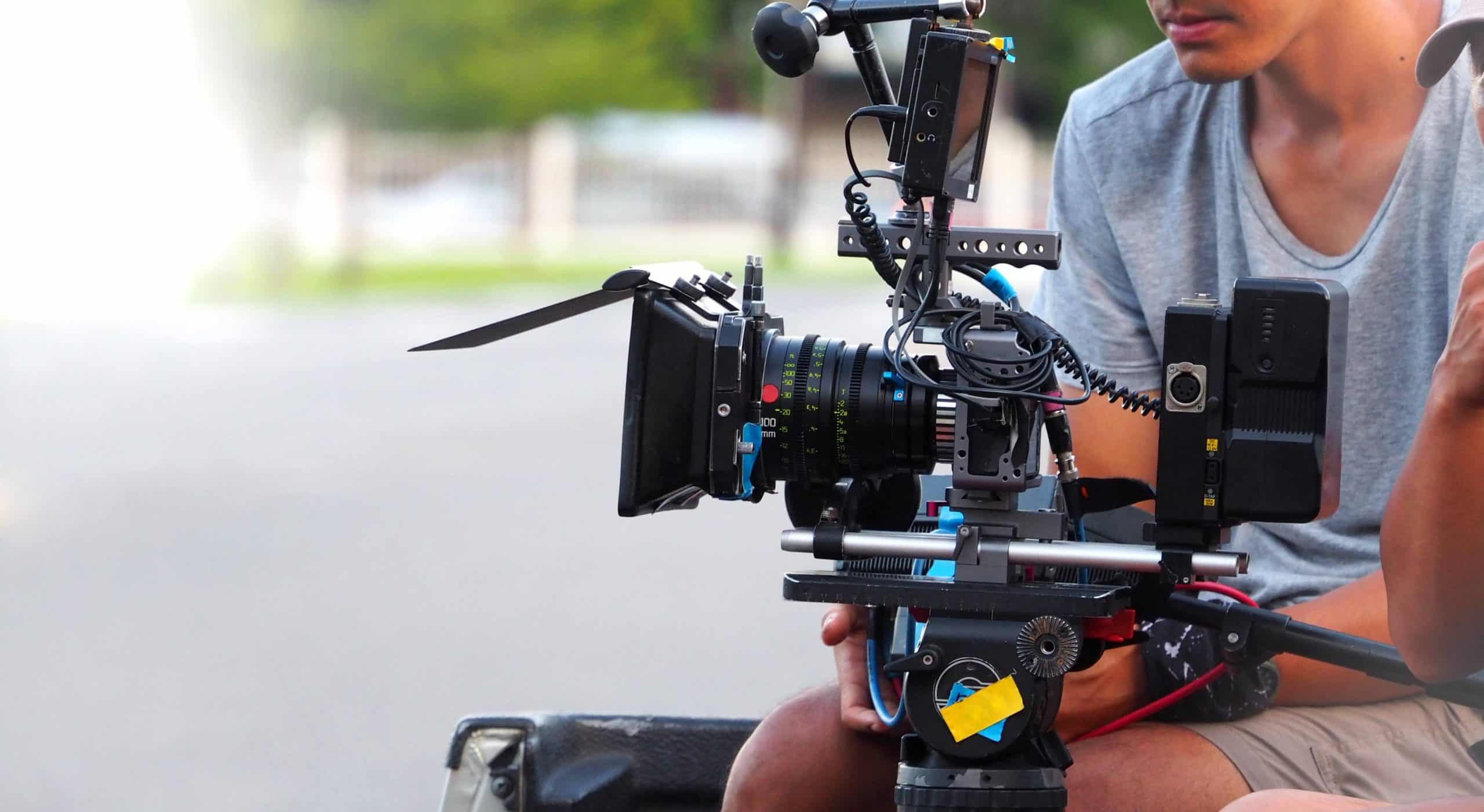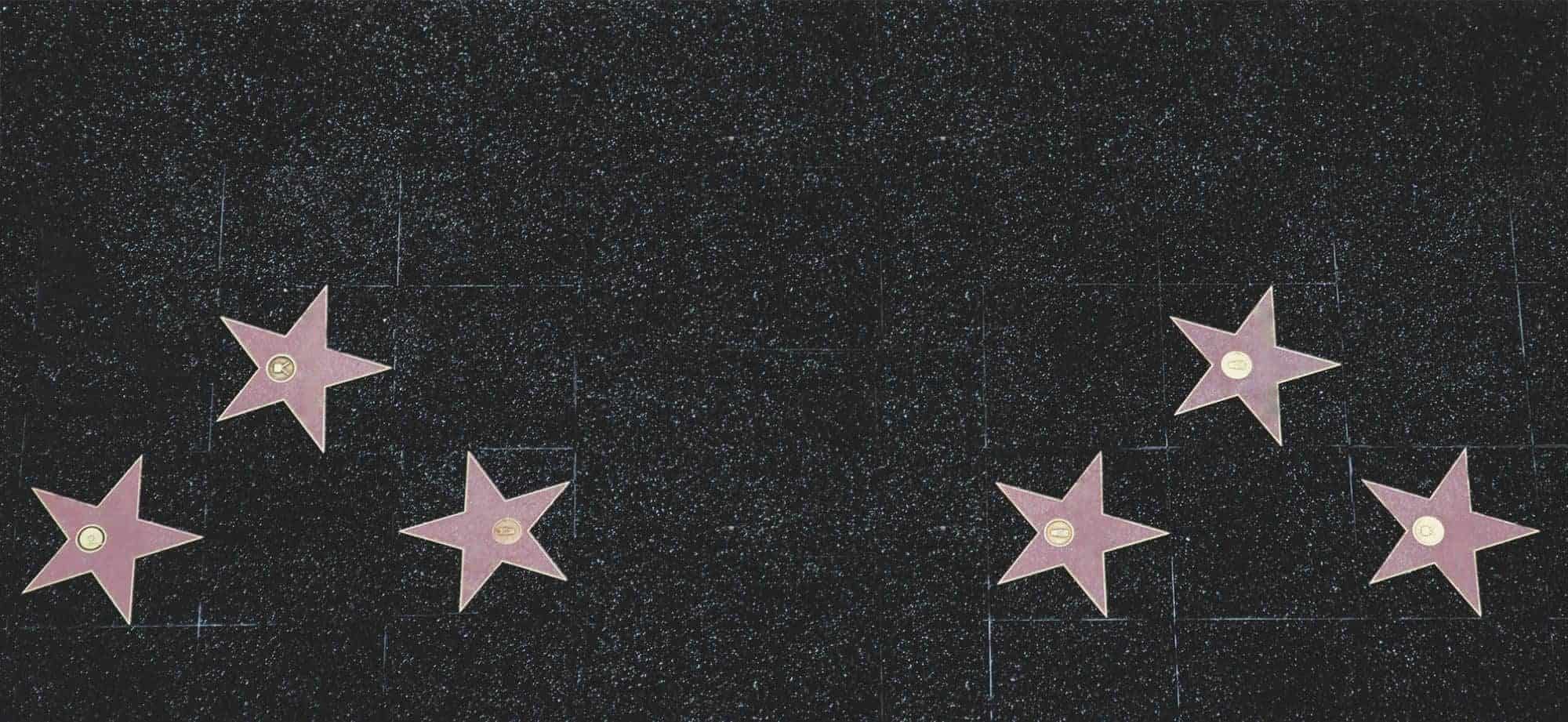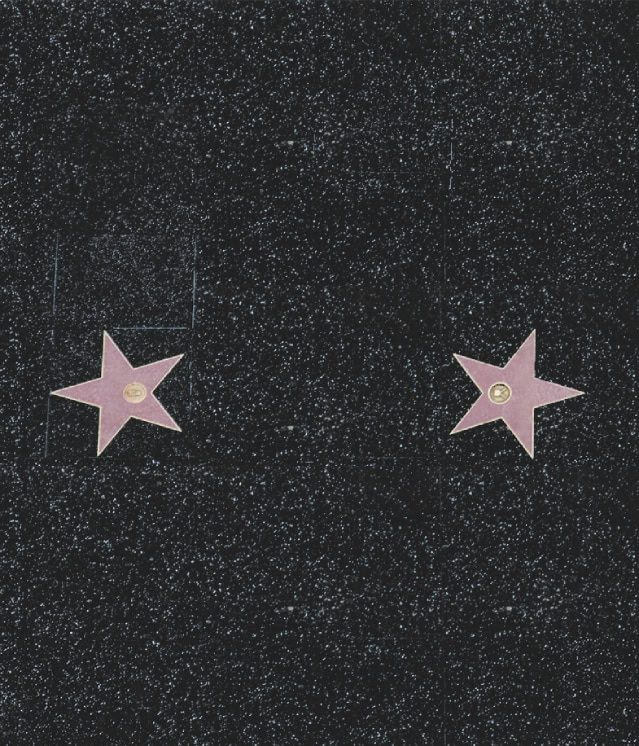
The best time of day for closeup shots
Close-up photos require perfect timing. When to take them? It depends on lighting and atmosphere. Let’s uncover the best moments for beautiful close-ups.
Lighting is essential. Early morning and late afternoon, just after sunrise and before sunset, make for ideal light. During these golden hours, natural light is soft and warm, so it enhances details.
Weather also affects close-up shots. Cloudy days give off diffused lighting, reducing shadows and highlighting textures. Foggy/misty weather adds an ethereal touch.
Don’t miss out on amazing moments. Raindrops clinging to petals or leaves can be extraordinary. Experiment and be spontaneous.
Close-up photography isn’t only technical. Feel connected to your subject. Use each hour to explore. Embrace the story each shot paints – it will capture hearts!
Understanding the importance of lighting in close-up shots
Lighting is vital for close-up shots. The right light can boost details, colors, and textures for stunning images that captivate viewers. Knowing how to manipulate light helps photographers express feelings and create stories like no other art form.
Lighting is especially important for close-up photography. Small changes in light have major effects on the final image. Know the lighting types: natural, artificial, or a combination.
For close-up shots, natural light is usually preferred. It’s soft and shows the intricate details. Capture close-ups during the golden hours – shortly after sunrise or before sunset. Longer and softer shadows add depth.
Artificial lights like studio lights and LEDs are also good. They give more control over intensity, direction, and color temperature. This variety helps photographers explore different moods and create a desired atmosphere.
A master photographer shared a story about lighting close-ups. Early one morning, he saw sunlight streaming through flower petals, making it look ethereal. He adjusted his settings quickly and captured the moment. The result: a gorgeous image with light and shadow bringing the flower to life.
Factors to consider when choosing the best time of day for close-up shots
Choosing the right time of day for close-up shots is key. Here are some things to consider:
- Lighting: The quality and direction of light are crucial. Go for soft, diffused light during the golden hours (early morning or late afternoon).
- Shadows: Take the angle and length of shadows into account.
- Temperature: Certain subjects may be more active during specific times. Consider temperature and weather.
- Background: Shooting against a sunset can add drama.
- Accessibility: Plan ahead to ensure enough time to capture your desired close-ups.
- Noise and Distractions: Avoid busy periods with crowds or other disturbances.
Planning and paying attention to detail will give unique results. Also, studies show that natural light is best for close-up photography since it creates depth and enhances textures.
Morning (or Sunrise)
Morning (or Sunrise) is an ideal time for capturing close-up shots due to the soft and warm light it provides. This gentle lighting enhances the details of the subject, creating a pleasing and radiant effect. Additionally, the absence of harsh shadows during this time of day ensures a more balanced and even exposure. To make the most of the morning light, position your subject facing the sun to bring out its natural colors and textures.
Furthermore, the quiet and serene atmosphere of the early morning can contribute to a more intimate and peaceful mood in your photographs. Take advantage of the calmness and stillness that comes with this time of day to capture close-ups that exude tranquility and beauty.
Moreover, the cooler temperatures in the morning help reduce the risk of heat-induced distortions in your images. This is particularly beneficial when photographing delicate subjects, such as flowers or insects, as it allows for better clarity and sharpness.
To maximize your close-up shots during the morning, consider using a tripod to ensure stability and prevent any blurriness caused by hand movements. Furthermore, using a shallow depth of field can help isolate the subject from the background, creating a more impactful and visually appealing image.
Overall, capturing close-up shots during the morning or sunrise offers a unique opportunity to portray subjects in a soft and warm light, while also benefiting from a calm and pleasant atmosphere. Take advantage of these favorable conditions to create stunning and captivating close-up photographs.
If you can’t handle the harsh morning light, just remember that it’s nature’s way of waking up your imperfections.
Explaining why the morning light is ideal for close-up shots
The early morning light gives perfect conditions to take close-up shots with clarity. It brings out the details of the subject, making captivating visuals.
When the sun rises, its golden rays spread across the space. This natural light gives depth and texture to close-up shots.
In the morning, light is great for photography. You won’t get overexposure or harsh shadows. The atmosphere is peaceful, and you get vibrant colors.
Nature’s beauty shines with morning dewdrops on leaves and petals. They look like diamonds when lit by the soft morning light.
Don’t miss out! Set your alarm early tomorrow. Venture into morning photography. Capture those small details that may go unseen. Take advantage of this magical window. Don’t let yourself miss these breathtaking moments – seize them with your lens.
Tips for capturing close-up shots in the morning
Capture close-up shots in the morning with skill, precision, and creativity. Here are some tips to make it happen:
- Get a quality camera with a macro lens.
- Utilize the soft, warm light of sunrise.
- Look for flowers, dewdrops, etc.
- Play with angles, perspectives, etc.
- Patience is a must!
Be aware of distractions. Use reflectors to control light. Research popular locations. Go explore nature’s wonders! Don’t miss out on the magic. Start capturing those enchanting close-up shots today!
Golden Hour (or Sunset)
The magical hour known as the Golden Hour (or Sunset) is considered the best time of day for close-up shots. During this time, the natural lighting is warm and soft, creating a beautiful glow that enhances the subject. Here are six key points about the Golden Hour:
- The Golden Hour occurs twice a day, just after sunrise and just before sunset.
- During this time, the sun is low in the sky, creating long shadows and adding depth to your photos.
- The warm, golden light creates a pleasing and flattering effect on the subject, enhancing their features and adding a touch of magic to the image.
- The light during the Golden Hour is less harsh compared to other times of the day, resulting in softer highlights and fewer harsh shadows.
- Colors appear more vibrant during this time, with warm tones and rich hues that bring out the natural beauty of the scene.
- The Golden Hour is ideal for capturing landscapes, portraits, and other subjects that benefit from the soft, warm light.
In addition to these points, it’s worth noting that the Golden Hour is a fleeting moment. The duration of this magical period varies depending on the location and time of year. Therefore, it’s crucial to plan ahead and be prepared to capture your shots within this limited window.
A fascinating true history related to the Golden Hour involves the renowned photographer Henri Cartier-Bresson. Known for his mastery of capturing the decisive moment, Cartier-Bresson often utilized the Golden Hour to add a touch of enchantment to his photographs. His work stands as a testament to the power of this extraordinary time of day in creating stunning and evocative imagery.
If the golden hour light were a person, it would be the ultimate close-up magician, effortlessly hiding imperfections and revealing true beauty.
Explaining why the golden hour light is perfect for close-up shots
The golden hour light at sunrise and sunset is famous for its capacity to boost close-up shots. The cozy hues and soft, gentle lighting make a magical setting that adds depth and beauty to the subject.
At this time, the angle of the sunlight is lower. This leads to longer shadows and a softer quality of light. This special combination produces remarkable effects on close-ups. The warm tones give a feeling of coziness and intimacy. The soft lighting reduces intense contrasts and details, making a more flattering and ethereal look.
In addition to the beauty of it, shooting during the golden hour has practical advantages. Natural lighting during this time lessens the need for equipment and flash photography. You can take pictures that look natural without needing extra gear.
Also, the golden hour offers the ideal time to try out diverse compositions and angles. With softer lighting and long shadows, you can have fun with interesting silhouettes or take intricate details that may not be seen under brighter light.
Taking close-up shots in the golden hour creates a beautiful experience for viewers. The combination of warm tones, soft lighting, and unique compositions draws them in with a sense of curiosity and wonder.
According to landscape photographer Ansel Adams, “There are no rules for good photographs; there are only good photographs.” This is also true when it comes to capturing close-ups during the golden hour. Unleash your creativity, explore different perspectives, and let this magical light be your guide to gorgeous imagery.
Tips for capturing close-up shots during the golden hour
To capture close-ups during the golden hour, finesse and attention to detail are key. Here are some tips to make the most of this magical time:
- Use a prime lens. Choose a wide-aperture prime lens for beautiful background blur and bokeh.
- Explore angles. Get creative with your compositions – try low angles or unique perspectives.
- Play with sidelight. The warm light during the golden hour can create stunning effects when it hits your subject from the side.
- Pay attention to details. Prepare ahead, set up early, and watch for special moments.
It takes time and practice to master close-up shots during the golden hour. But the results can be stunning.
A photographer once experienced this power. When the sun was setting, they found a field of vibrant wildflowers. With their macro lens, they got down and started capturing the delicate details of each flower lit by the evening light. The images were magical – each petal seemed to come alive with color and texture. This taught them that sometimes, the right place at the right time can capture something remarkable during the golden hour.
Midday
Midday, also known as the peak of daylight, offers optimal conditions for close-up shots. The natural lighting during this time enhances the clarity and details of the subject, resulting in sharp and vibrant images. It is a period when the sun is at its highest point in the sky, reducing harsh shadows and creating a balanced distribution of light. In terms of photography, midday provides ample opportunities to capture intricate textures, intricate details, and vivid colors. With the right settings and techniques, photographers can take advantage of this time to capture stunning close-up shots.
| Lighting Conditions | Subject Details | Colors |
|---|---|---|
| Soft and balanced | Enhanced | Vibrant |
During midday, the sunlight is overhead, minimizing shadows, which can be a great advantage when photographing close-up subjects. The absence of strong lighting contrasts creates a softer and more balanced illumination, allowing the details of the subject to stand out. This lighting condition is particularly useful when capturing intricate textures and fine details, as it accentuates the depth and definition of the subject. Additionally, the colors under midday lighting appear more vibrant and saturated, further enhancing the overall visual impact of close-up shots.
It is worth noting that midday, despite its favorable lighting conditions, can also present its challenges. The midday sun can be harsh, causing subjects to become overexposed or washed out. To overcome this, photographers can use diffusers or reflectors to soften the light and reduce its intensity. Alternatively, finding shaded areas or using prop objects to cast shadows can help create more interesting compositions. Adjusting the camera settings such as aperture, shutter speed, and ISO to accommodate the lighting conditions can also play a significant role in achieving optimal close-up shots during midday.
In the evolution of photography, midday has always been considered a challenging time for capturing images due to the strong lighting conditions. However, with advancements in technology and techniques, photographers have learned to harness the potential of midday to create stunning close-up shots. By understanding the unique characteristics and limitations of this time of the day, photographers have been able to push the boundaries and capture breathtaking images that showcase the intricate details and vivid colors of their subjects.
Capturing close-up shots at midday is like trying to take a selfie with a magnifying glass – all you get is a hot mess!
Explaining the challenges of capturing close-up shots at midday
Capturing close-up shots in the middle of the day can be tricky. Bright lighting and strong shadows can blur details. High contrast between highlights and shadows can cause over or underexposure.
To fix this, diffusers or reflectors can soften the light. This improves the details. A polarizing filter can also reduce glare and enhance color.
It’s best to time the shoot for golden hour or blue hour. This provides softer, warmer light. Adjusting settings like aperture, shutter speed, and ISO can help too. Experimenting with different combinations can get the desired look.
Pro Tip: Composition is key. Try framing techniques or angles to create interest and draw attention to details. Creativity is key!
Tips for overcoming the challenges and achieving great close-up shots at midday
Photography lovers often face issues when trying to take close-ups at midday. Harsh lighting conditions can make this tough. To help you get great results, here are some tips:
- Use a diffuser or reflector to soften the sunlight and make your subject look better.
- Play with angles and perspectives to show things that wouldn’t be seen in other lights.
- Change your camera settings to avoid overexposed highlights.
- Incorporate shadows to add depth and texture.
Each environment is different. Experiment until you find what works. Creative subjects can also help. Jane Smith is an example of this – her abstract macro images of everyday objects under midday light are amazing.
So next time you’re shooting close-ups at midday, don’t give up. Try techniques and be creative – you can make great pics!
Conclusion
Timing is crucial in the pursuit of the most perfect close-up shot. As we have seen, the time of day makes a huge difference. So, what is the optimal time for this? After investigation, it is obvious that early morning and late afternoon are ideal.
The soft light enhances all the details without creating harsh shadows or overexposure. This glow gives a natural, attractive look to the photos, making them look more vivid and stunning. The warm shades also give more depth and dimension to the composition, making the close-ups really stand out.
But it’s not just the quality of the light. Early morning and late afternoon offer unique chances to capture certain moods and atmospheres. At the start of dawn, when nature is waking up, you can take tranquil, dreamy close-ups surrounded by delicate morning dew. The quiet stillness gives a feeling of serenity and peacefulness.
As the sun sets in the late afternoon, you can make use of golden hour magic. The rich, golden light casts a warm hue on the subjects, making them appear more radiant and alive. Close-ups taken at this time often express a feeling of closeness and connection, like you’ve caught a moment frozen in time.
Let’s look at Anna, an upcoming photographer who was having difficulty capturing great close-ups. She started to experiment with different times of the day. One bright morning, she got up before dawn and went to a nearby park with her camera. When she started taking close-up shots of blooming flowers, she noticed a distinct softness and luminosity in her pictures. The gentle morning light highlighted the delicate petals, showing her intricate details that she had never seen before.
Encouraged by her success, Anna continued to explore the magical hours of early morning and late afternoon. With every click of her camera, she realized the power of timing. Her close-ups became gripping stories, unable to be expressed through words.
Frequently Asked Questions
FAQs: The Best Time of Day for Close-Up Shots
1. What is the best time of day for close-up shots?
The ideal time for close-up shots is during the “golden hour,” which refers to the hour after sunrise and the hour before sunset. The soft, warm light during this time enhances details and adds a beautiful glow to your subjects.
2. Can I take close-up shots at any other time of the day?
While the golden hour is generally considered the best time for close-ups, you can still achieve great results during other parts of the day. Avoid shooting under harsh midday sunlight, as it tends to create unflattering shadows and highlights.
3. What if I want a different lighting mood for my close-up shots?
If you desire a different lighting mood, you can experiment with shooting during the blue hour (twilight before sunrise or after sunset) or on overcast days. Both produce a softer, more diffused light that can lend a unique atmosphere to your close-up photographs.
4. Are there any specific challenges when taking close-up shots during the golden hour?
During the golden hour, the light changes rapidly, so you need to be prepared and work efficiently. Additionally, the sun is closer to the horizon, making it trickier to position yourself and your subject for the best light. Patience and adaptability are crucial for capturing outstanding close-ups during this time.
5. Can I use artificial lighting for close-up shots?
Absolutely! Artificial lighting can be used creatively for close-up shots, especially when you want to control the light’s direction and intensity. You can experiment with different types of artificial lighting, such as flashes or continuous LED lights, to achieve the desired effects.
6. Should I consider the weather when planning close-up shots?
Weather conditions play a vital role in close-up photography. If you want vibrant colors, clear skies are preferable. However, cloudy or misty weather can add a dreamy or mysterious vibe to your close-up shots, creating a different visual impact.
Subject: The best time of day for closeup shots
Company: Hollywood Connections Center
Network: MyHollywoodPage.com
The Hollywood network of arts and creative professionals.





